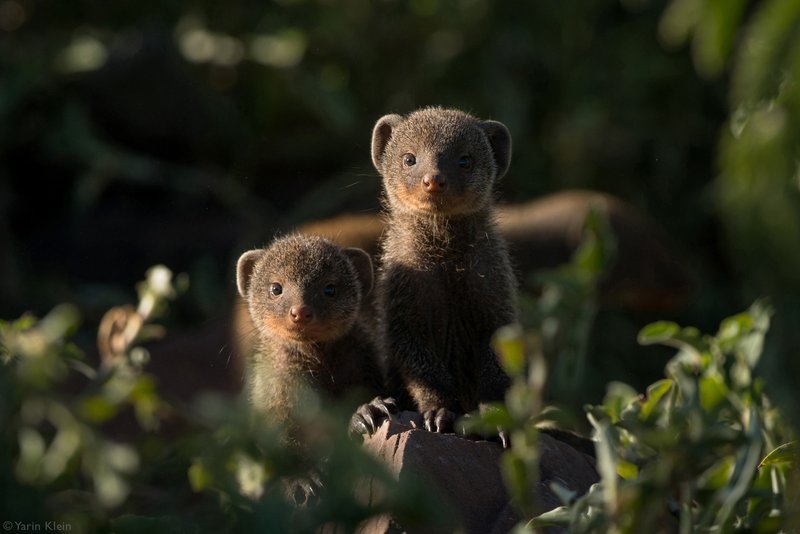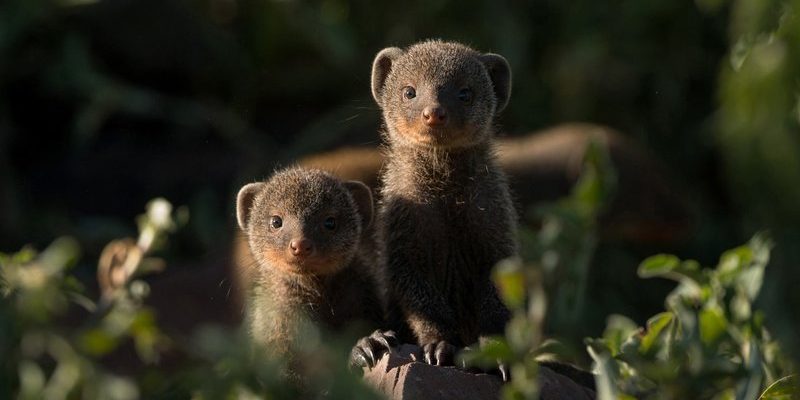
You know how some animal parents seem to have it all figured out? Mongooses are like that too! These small, agile mammals are not just known for their quick reflexes and ferocious personalities; they have a fascinating way of raising their young in the wild. Imagine a bustling little village where everyone pitches in to make sure the kids are fed, safe, and ready to explore the world. That’s pretty much the life of a mongoose family!
Mongooses, which can be found in Africa and parts of Asia, are social creatures. They live in groups called “mobs,” where the bonds between members are incredibly strong. Just like in a close-knit community, the adults share the responsibilities of caring for the young. Let me explain how this teamwork creates a safe and nurturing environment for the next generation of mongooses.
Understanding Mongoose Social Structure
To grasp how mongooses raise their young, it’s essential to understand their social structure. These critters typically live in groups that can range from a handful of individuals to over 40, depending on the species. Each member plays a role—think of it as a family business. The dominant female often leads the pack, much like a CEO steering a company towards success.
Within the mob, you’ll find a hierarchy. There’s a pecking order that defines who gets to eat first and who is responsible for watching the young ones. This structured environment helps ensure that the pups are cared for even when the adults are foraging for food. Honestly, it’s a team effort that showcases the importance of community in mongoose life.
Mating and Birthing Practices
When it’s time to bring new life into the world, mongooses have specific rituals. Typically, mating occurs during the wet season when food is more plentiful. After a gestation period of about two months, a female can give birth to anywhere from 2 to 6 pups. It’s like throwing a small party—everyone’s excited and eager to help out!
After giving birth, the female may stay in a burrow or den for a few weeks, focusing on her newborns. During this time, other members of the mob will provide food and protection. This collaborative approach ensures that both the mother and her pups are well cared for, highlighting the supportive nature of their social groups.
How Mongooses Care for Their Young
Once the pups are old enough to venture out, around 2 to 3 weeks after birth, the entire mob typically rallies around them. This is when the fun kicks in! Adults will take turns babysitting, playing with the pups, and teaching them essential survival skills. Whether it’s finding food or evading predators, each mongoose contributes to the education of the next generation.
Watching older mongooses interact with the pups is heartwarming. They gently nudge the little ones, encouraging them to explore and learn. It’s almost like they’re saying, “Go on, you can do it!” This nurturing environment helps build confidence in the pups, ensuring they grow up well-equipped to handle the challenges of life in the wild.
Feeding Strategies for Young Mongooses
When it comes to feeding their young, mongooses are strategists. They typically share tasty snacks like insects, small mammals, and even fruits. An adult mongoose will catch prey and bring it back to the den, where pups eagerly await their meal. You might think of it as a fast-food delivery service, only it’s all about fresh, natural ingredients!
As the pups grow older, they start joining the adults on hunts. This is a crucial part of their development, as they learn to identify food sources and practice their hunting skills. It’s their first taste of independence, and the excitement is palpable! You can almost see the pride in the adults as they watch their young ones mimic their actions.
Teaching Survival Skills
Mongooses take their role as teachers seriously. Besides hunting, they also teach their young how to recognize threats. For instance, the adults will demonstrate what to do when spotting a snake or a bird of prey. It’s like an intense, ongoing survival class where everyone is given the tools to succeed.
Pups learn rapidly through observation and imitation. If a young mongoose sees an adult successfully dodge a threat, it will likely try to replicate that behavior. This hands-on learning method is crucial for their survival in the wild—after all, every day brings new challenges!
Protection from Predators
Keeping the young safe is paramount for mongoose families. Predators can be a significant threat, and the mob works together to defend the pups. When foraging, an adult will often stay back as a lookout, keeping an eye out for danger. If a threat emerges, they will sound an alarm, signaling everyone to take cover.
This protective behavior showcases the strong bonds within the mob. It’s not just about individual survival; it’s about ensuring that every member, especially the vulnerable young, has the best chance to thrive. Honestly, it’s a beautiful example of teamwork in nature, where each mongoose watches out for the others.
Growing Up and Leaving the Nest
As mongooses mature, they begin to explore more independently. By six months, most pups are fully integrated into the mob, participating in hunts and watch duties. It’s a bit like getting a driver’s license—suddenly, they have more freedom and responsibilities.
Eventually, when they reach about a year old, some will leave the mob to establish new territories and potentially start families of their own. This is a critical stage of their life, signaling a new chapter. It’s like sending off kids to college—exciting but bittersweet for the parents who have nurtured them.
In the wild, the lessons learned about teamwork, survival, and protection will serve them well as they venture into the world. And who knows? Maybe one day, they’ll come back to share their own parenting wisdom!
In summary, mongooses have a unique and fascinating approach to raising their young. From their structured social setup to how they teach survival skills, these little creatures embody teamwork, care, and community, making their way of life in the wild truly inspiring. So, next time you think about how animals raise their young, remember the mongoose family and their incredible journey through parenthood!

